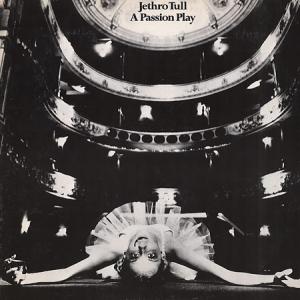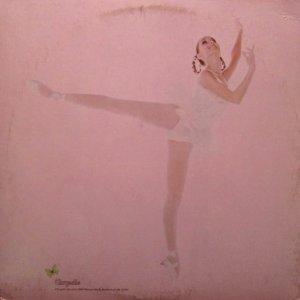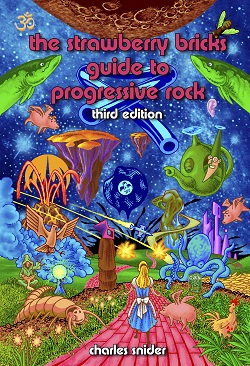Strawberry Bricks Entry:
Jethro Tull headed off to Michel Magne's famous Château d'Hérouville studio in France to record the follow-up to the previous year's Thick As A Brick. Unfortunately, the sessions were abandoned, and the band returned to England without a record. (The sessions were ultimately released on CD in 1993 as Nightcap.) Reconstituted in London, Tull started anew and recorded another album-length epic, this time centering on the altogether heavier topic of life and death. Though a concise edit (#8) was found for a single, A Passion Play is best taken whole. The band is again in prime form and exceptionally tight—running throughout the more elaborate arrangement is a dense meter that is unmistakably Tull. Ian Anderson adds saxophone this time around, and John Evan reaches his hands across a few additional keyboards, which both give the album a more varied sound. The Lewis Carroll-esque "The Story of the Hare Who Lost His Spectacles" (co-written by Evan and Jeffrey Hammond) is good-humored, while the musical passage that immediately frames it is quite light and refreshing, pulsing gently over a simple beat. Obviously writing a passion play in a rock context left Anderson and company wide open for criticism, especially on the heels of the preceding extravaganza. Some of the self-deprecating Python-esque humor too was absent (the album's promotional movie notwithstanding), not to mention the affable hook of the predecessor's glorious refrain. So guess what: The music press was nothing but hostile towards it. Yet despite universal panning, the album shot to No. 1 in the US and No. 13 in the UK, again proving that the band had delivered more of what their fans wanted. The band toured the US in support of the album, performing "A Passion Play" in its entirety. However, Anderson didn't weather the hostility well, and threatened to give Jethro Tull a rethink.



